
Invasive Species
Invasive Species
Species moved to new locations, either purposely or accidentally, can have a significant impact on endemic (native) species.
Learning Outcome: Provide examples of invasive species, including how they have moved and the impacts they have on endemic species.
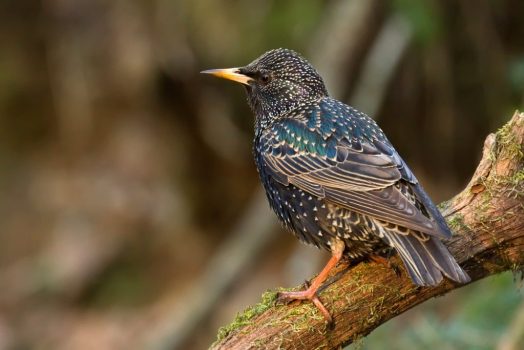
You may be familiar with this bird, the common starling (Sturnus vulgaris) found in many parts of the world. There are over 150 million in North America and Central America. The surprising part is that these millions came from only 60 birds released in New York City in 1890.
Although on the decline in its native European range, the common starling has flourished in the Americas, in some cases at the expense of endemic species.
Introduced species do not always do well, but in some cases, the reduction of co-evolved parasites and predators allow them to explode in number.
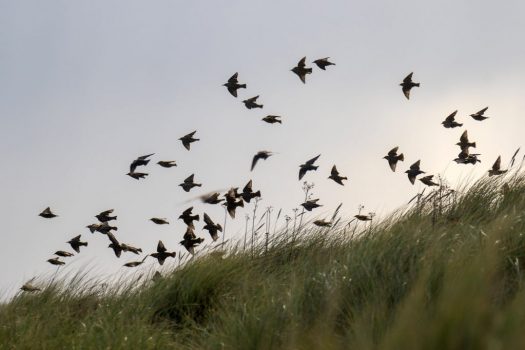
Barbary sheep (Ammotragus lervia) are native to the mountains of north Africa and are suited for survival in harsh climates and rocky terrain. They were introduced as game animals for hunting to North America and Spain. In Spain, the sheep compete with native ungulates, including Ibex species.
Mark takes a tour of our land to demonstrate the impact of invasive plant species.
Watch this video; you can select the closed captioning “cc” option if you would like to see the text.
Invasive beetles damage Oregon conifers and these species are an important part of the state’s economy.
We try to keep our mosquito-controlling goldfish from escaping their pond, but people have already purposely added goldfish to area lakes. These fish can outcompete native species and tolerate a wide range of water quality.
This crayfish species and two other species have already been introduced to local rivers. If you have an exotic pet that could become invasive, keep it in close containment whenever possible.
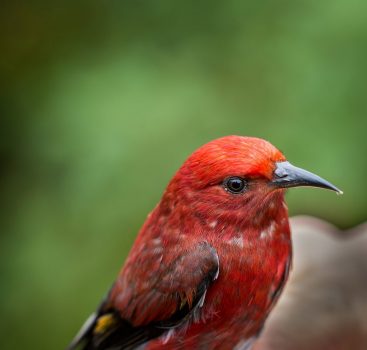
Island populations are particularly vulnerable to invasive species as population sizes of endemic species are often small and may not have been raised with a variety of parasitic or predatory threats.
Hawaiian Honeycreeper bird species are in serious decline, some like this bird are almost extinct. In the past that was largely due to uncontrolled hunting, now it relates to habitat loss and introduced species.
These are a few invasive species that threaten endemic Hawaiian species.
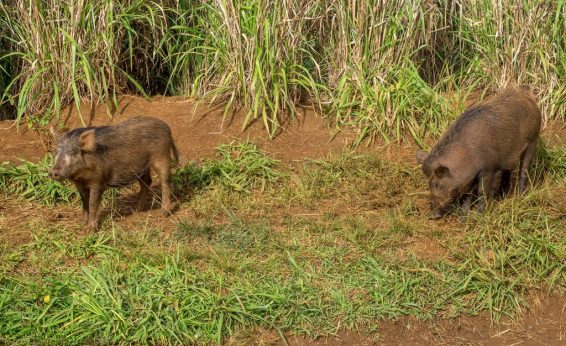
Wild Pigs
Pigs uproot plants and cause soil erosion.
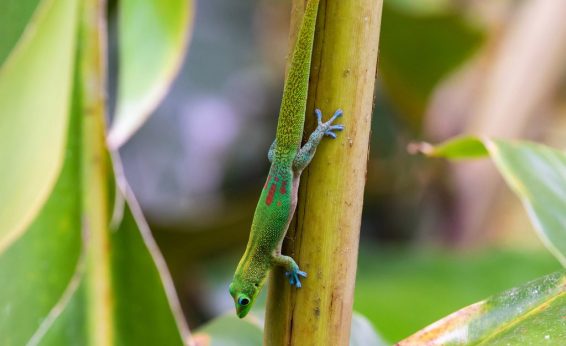
Day Geckos
Geckos eat a wide range of endemic insects.
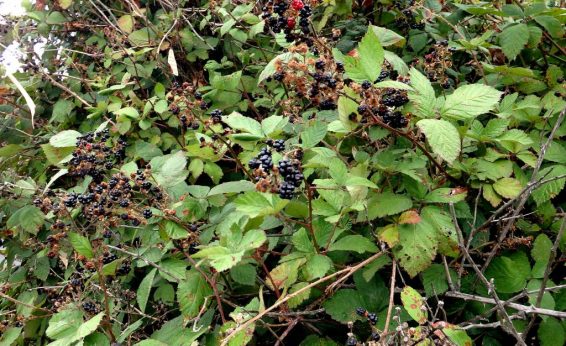
Blackberry
The same invasive species in our field grows rapidly in Hawaii.
The next section introduces vectors, animals that can transmit diseases to humans.











